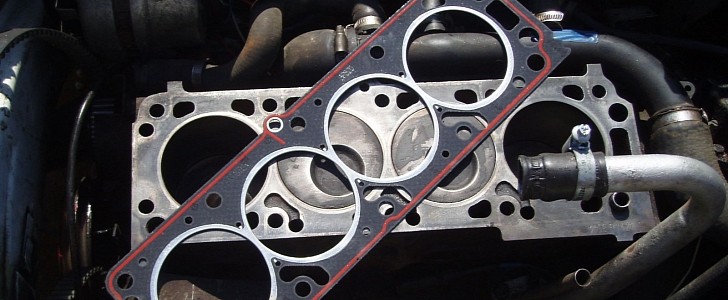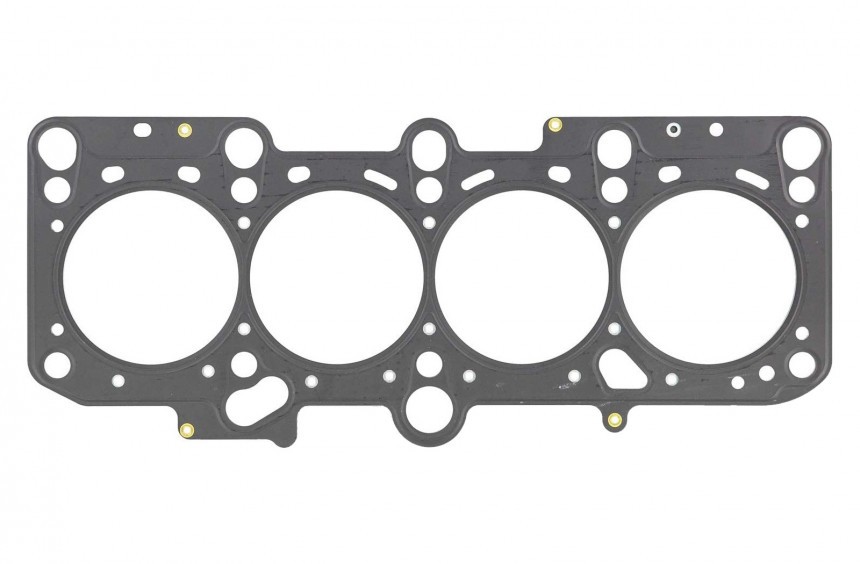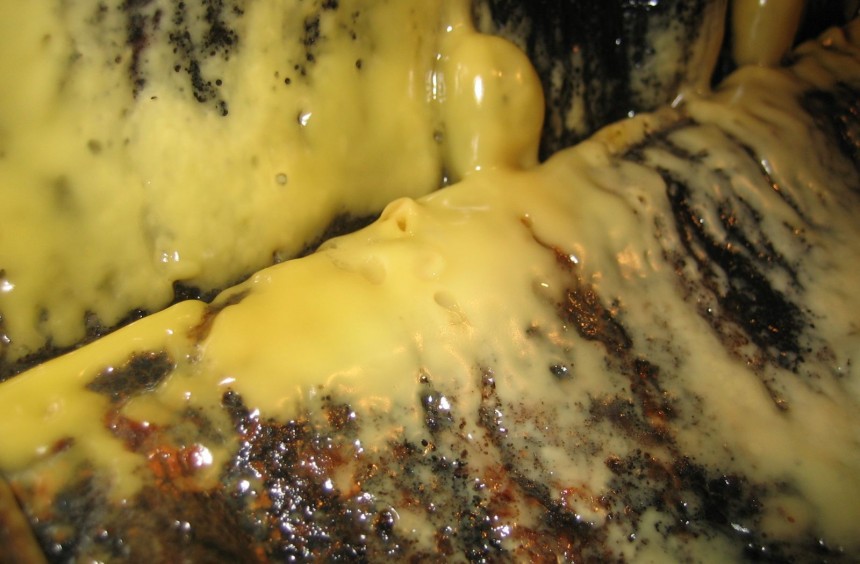Like all the parts in your vehicle’s engine, the head gasket will eventually wear out. When it does, there are several symptoms that you shouldn’t ignore if you want to avoid damaging the engine.
When talking about a gasket, you usually think about a simple piece of rubber, but a head gasket is much more than that, and it’s actually not made out of rubber.
It is a vital part of an engine, and when it starts to leak, it can spell disaster for the unit. That's why it’s very important to recognize the symptoms and get it replaced as soon as possible.
Its role is to ensure that gasses are kept within the cylinders, sealing the combustion process, and maintain the compression needed to produce power. It also helps to prevent oil or coolant from leaking into the cylinders.
This gasket is located between the cylinder head and the block, so it's subjected to intense temperatures throughout its lifespan. For increased thermal resistance and durability, a modern engine’s head gasket is made from various layers of steel entwined with elastomer.
On average, it lasts about 200,000 miles (321,868 km), but its lifespan can vary greatly depending on various factors such as driving style, maintenance, or even design. For example, Ford issued a recall of Focus RS hot hatches with potentially faulty head gaskets three years ago.
It can also get damaged prematurely and start to leak in engines that run too hot, like those that have a problem with the coolant system. Without further ado, let's see what are the main symptoms of a blown head gasket.
After a cold start, it can be differentiated from condensation by a sweet smell and the fact that it will not disappear after the engine is warm.
If the engine overheats, other vital parts can easily get damaged, and in the worst-case scenario, metallic components can crack or warp.
Because coolant leaks into the combustion chamber, it will trickle past the piston rings and into the oil. In time, this will turn the engine oil into a foamy yellowish mix that can be found on the dipstick or inside the coolant reservoir.
The oil and coolant will lose their properties, causing extensive wear to critical areas like cylinder walls, crank, and camshaft bearings. Like we mentioned before, these symptoms should not be ignored because they will lead to extensive engine damage and total loss of power.
Replacing this gasket is not an easy task, so we suggest you take it to a professional unless you have extensive technical knowledge.
The head gasket itself is not that expensive, but since replacing it requires a time-consuming disassembly process, the total repair cost can easily exceed $1,000 in most cases.
It is a vital part of an engine, and when it starts to leak, it can spell disaster for the unit. That's why it’s very important to recognize the symptoms and get it replaced as soon as possible.
Its role is to ensure that gasses are kept within the cylinders, sealing the combustion process, and maintain the compression needed to produce power. It also helps to prevent oil or coolant from leaking into the cylinders.
On average, it lasts about 200,000 miles (321,868 km), but its lifespan can vary greatly depending on various factors such as driving style, maintenance, or even design. For example, Ford issued a recall of Focus RS hot hatches with potentially faulty head gaskets three years ago.
It can also get damaged prematurely and start to leak in engines that run too hot, like those that have a problem with the coolant system. Without further ado, let's see what are the main symptoms of a blown head gasket.
White smoke coming out of the tailpipe
The vast majority of gasket leaks are internal, which means that coolant can enter the combustion chamber where it burns, resulting in white smoke coming out of the exhaust pipes.After a cold start, it can be differentiated from condensation by a sweet smell and the fact that it will not disappear after the engine is warm.
The coolant seems to be boiling
Apart from allowing coolant to enter the combustion chamber, an internal head gasket leak also causes gasses to mix with the coolant. This often leads to visible bubbles in the coolant reservoir, making the liquid look like it’s boiling.Overheating engine
With a damaged head gasket, the engine’s temperature will go up after a long drive mainly because the coolant leaks and gets contaminated, reducing its thermal capacities and leading to an inefficient cooling system.If the engine overheats, other vital parts can easily get damaged, and in the worst-case scenario, metallic components can crack or warp.
The engine oil and coolant change color
The oil and coolant will lose their properties, causing extensive wear to critical areas like cylinder walls, crank, and camshaft bearings. Like we mentioned before, these symptoms should not be ignored because they will lead to extensive engine damage and total loss of power.
Replacing this gasket is not an easy task, so we suggest you take it to a professional unless you have extensive technical knowledge.
The head gasket itself is not that expensive, but since replacing it requires a time-consuming disassembly process, the total repair cost can easily exceed $1,000 in most cases.








